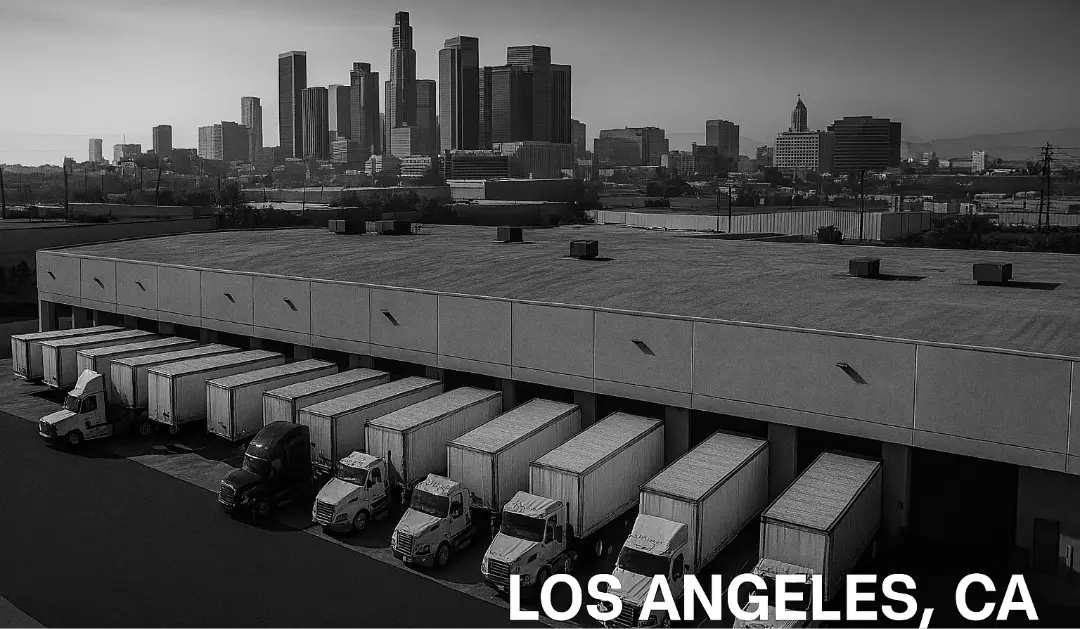Warehouse automation has forever changed logistics and supply chain management. Specifically, this is done through technologies like robotics, AI, and IoT. Let’s explore the impact, benefits, and implications of warehouse automation.
Enhanced Efficiency and Productivity:
Warehouse automation improves efficiency and productivity. Automated systems handle repetitive tasks such as sorting, picking, and packing quickly and accurately. Consequently, this leads to faster order fulfillment, fewer errors, and happier customers.
Automated systems never stop. This means the need to stop for breaks is gone. This allows warehouses to handle larger order volumes. In turn, they can better meet customer demands. Automation optimizes space and resources. It maximizes storage capacity and minimizes costs that happen when handling inventory.
Reduced Labor Costs and Safety Risks:
Warehouse automation reduces labor costs. It does so by replacing human workers with automated systems. Companies can assign people to more valuable tasks. For example, these tasks could be quality control, planning, and customer service.
Automation increases safety by reducing the risk of accidents and injuries. Robots can handle heavy loads and repetitive tasks without fatigue or mistakes. This improves employee safety and minimizes workplace accidents and associated liabilities.
Improved Inventory Management:
Warehouse automation improves inventory management. Automated systems track inventory in real time. Consequently, this provides accurate information on stock levels, expiration dates, and product locations. Having correct inventory counts helps to reduce over or under-stocking. In addition, it also helps to ensure timely replacements of needed products.
Automation and data analytics increase the ability to plan for future needs. By analyzing historical data and customer trends, warehouses can make better-informed decisions. They can decide where to put specific stock, how to better store products, and the best way to fulfill orders. This proactive approach reduces carrying costs. Ultimately, this enhances operations overall.
Future Implications and Challenges:
As warehouse automation continues to evolve, it brings both opportunities and challenges. Advanced technologies like AI and machine learning make warehouses more innovative and adaptable. Systems can learn from data, make predictions, and autonomously optimize processes. Consequently, this leads to further efficiency gains.
However, the widespread use of automation raises concerns about job displacement for people. Another concern is the need for people to gain other skills to remain active in the labor market. While automation eliminates specific tasks, it creates new roles and opportunities for gaining new skills. Successfully transitioning to a more automated warehouse environment requires strategic planning, collaboration, and investment in employee training.
The implications of introducing automation to your warehouse are vast and far-reaching. Handling research, implementation, and management of warehouse automation is an entire business inside a business!
Partnering with eHub is a fantastic opportunity in the space of improving your warehouse operations. eHub partners will warehouse and fulfillment centers that specialize in all of this. They apply all of these options and improvements to your business. This takes all of this work off your plate and allows your focus to be elsewhere.
If you think your business could benefit from partnering with a fulfillment center, contact our sales department for a free consultation. Let eHub help you find a good fit for your business.
Conclusion:
In conclusion, warehouse automation is transforming supply chain management. It is also driving efficiency, productivity, and accuracy to new heights. From order fulfillment to inventory management, automation offers numerous benefits for business growth and customer satisfaction.
As automation technology advances, businesses must address workforce transformation. Additionally, they need to embrace the opportunities it presents. By doing so, they can stay competitive and thrive in the landscape of logistics and fulfillment.





